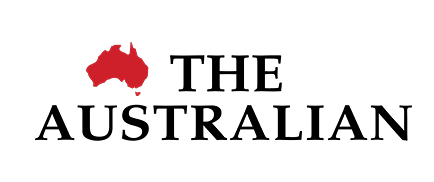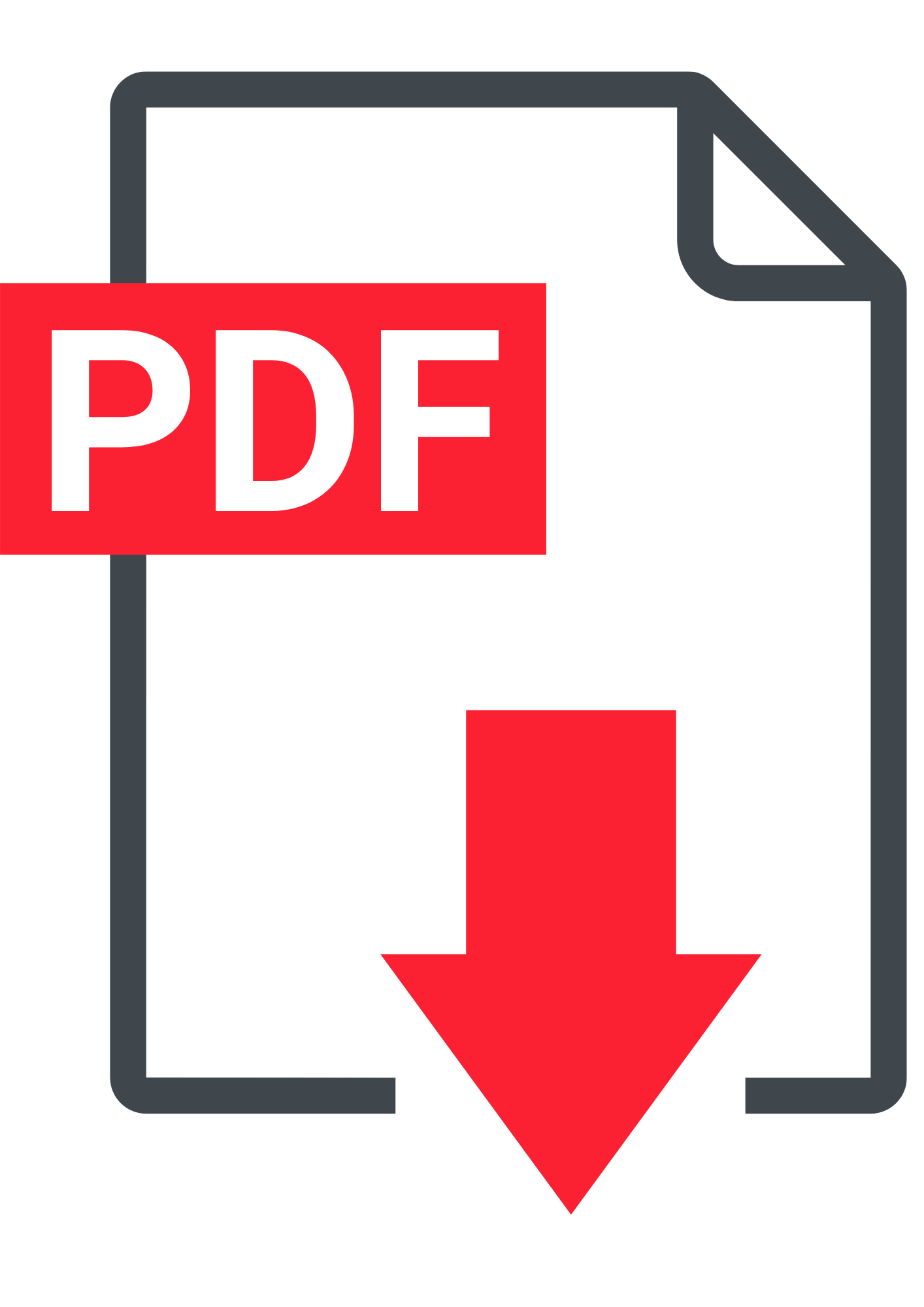Right now, companies are failing at a record rate. So can anyone think of a worse time to create a new way of suing business?
Unfortunately, that’s exactly what federal parliament did on November 29 when it approved a new statutory tort for serious invasions of privacy.
Despite warnings from peak industry groups, parliament did nothing to stop innocent employers being held vicariously liable for invasions of privacy committed by employees who break corporate rules.
Everyone should be accountable for their misdeeds – but not the wrongs committed by others.
Yet that is a key feature of the new privacy tort sitting on the federal statute book just waiting for enterprising lawyers to give it a run when it comes into force in June.
In October, the Business Council warned about the potential unfairness of holding employers vicariously liable for the wrongful actions of their employees – particularly if companies have taken all reasonable steps to prevent staff from invading anyone’s privacy.
The Australian Industry Group also sounded the alarm in a submission on the Privacy and Other Legislation Amendment Bill.
“Vicarious liability for the wrongs of an employee presents a significant risk for
employers in the context of tort law. The various risk mitigation strategies
and the litigation insurance costs which would be necessitated by the
establishment of a privacy tort would not be in the public interest,” the Ai Group said.
That warning about potential hikes to the cost of litigation insurance should have been a big alarm for parliament. It should have persuaded parliament to make the change that had been proposed by the Business Council.
The BCA solution would have given business a strong financial incentive to do everything reasonably possible to protect the privacy of everyone it deals with.
Instead, this new law treats corporate Australia as a patsy that is there to be fleeced.
It was waved through one month after parliament was put on notice that business failures were surging.
In October, the Australian Securities and Investments Commission published figures showing a 43 per cent increase in insolvencies in the first three months of 2023-24.
A total of 3568 businesses had an external administrator appointed in that period – which was 1073 more than during the September quarter of 2023.
So why would federal parliament decide that now is the time to give plaintiff law firms a brand new way of suing businesses when employees ignore company rules and invade people’s privacy?
Just follow the money.
By failing to exclude vicarious liability, this scheme will give successful plaintiffs access to corporate insurance cover.
This is good news for plaintiff law firms – particularly those that take a share of their clients’ payouts.
Members of parliament who take an interest in these things would also have known that the boom in class actions had passed its peak.
In the year to June, statistics compiled by King & Wood Mallesons show just 44 class actions were filed, which is the lowest total since 2016-17 with only twelve actions filed in the first six months of 2024.
So from a litigator’s perspective the new tort is perfectly timed. It also comes with advantages for litigators.
Parliament has structured it so litigation will lead to payouts without proof of damage.
And while the rest of the Privacy Act aims to protect “personal information” the new tort has a broader reach.
It permits payouts over the disclosure of information that merely “relates to” the plaintiff.
When structured wisely class actions can provide an efficient way of holding wrongdoers to account.
But when any form of litigation gets out of control, or the underlying law is skewed unfairly, it can impose collateral costs on the innocent that are unsustainable.
Despite what some might believe, most class action settlements against companies are actually paid by their insurers.
And when the legal system is skewed against business – as it will be under this tort – history shows that insurers will respond with alacrity.
About twenty years ago they staged a capital strike in response to booming payouts for personal injury claims. Insurance was not just expensive, but in some cases was unavailable.
The public outcry led to a wave of tort reform that was brutal but effective.
By refusing to address the problem of vicarious liability for business under the new tort, parliament has skewed the law to favour plaintiffs.
If law firms take advantage of this to target companies with solid insurance cover, nobody should blame the lawyers.
They would be responding rationally to an unfair system that gives priority to obtaining a payout, regardless of whether that payout comes from entities that have done everything reasonably possible to protect privacy.
Right now, the insurance industry will be considering how much extra risk it faces in Australia because of this new law.
If that leads to higher insurance costs, it is entirely foreseeable that this will show up in higher prices for consumers of goods and services – even before the plaintiff law firms get cracking.
If that is the only adverse consequence of this new tort, we should consider ourselves lucky.
Twenty years ago state governments had no option but to surrender to the insurers who had simply withdrawn from the market, leaving surf clubs and other institutions to pay personal injury claims without the safeguard of insurance.
In order to persuade insurers to return to the Australian market the states changed personal injury laws, restricted access to the courts and capped damages payouts.
It was crude and in many ways unjust. But it worked.



